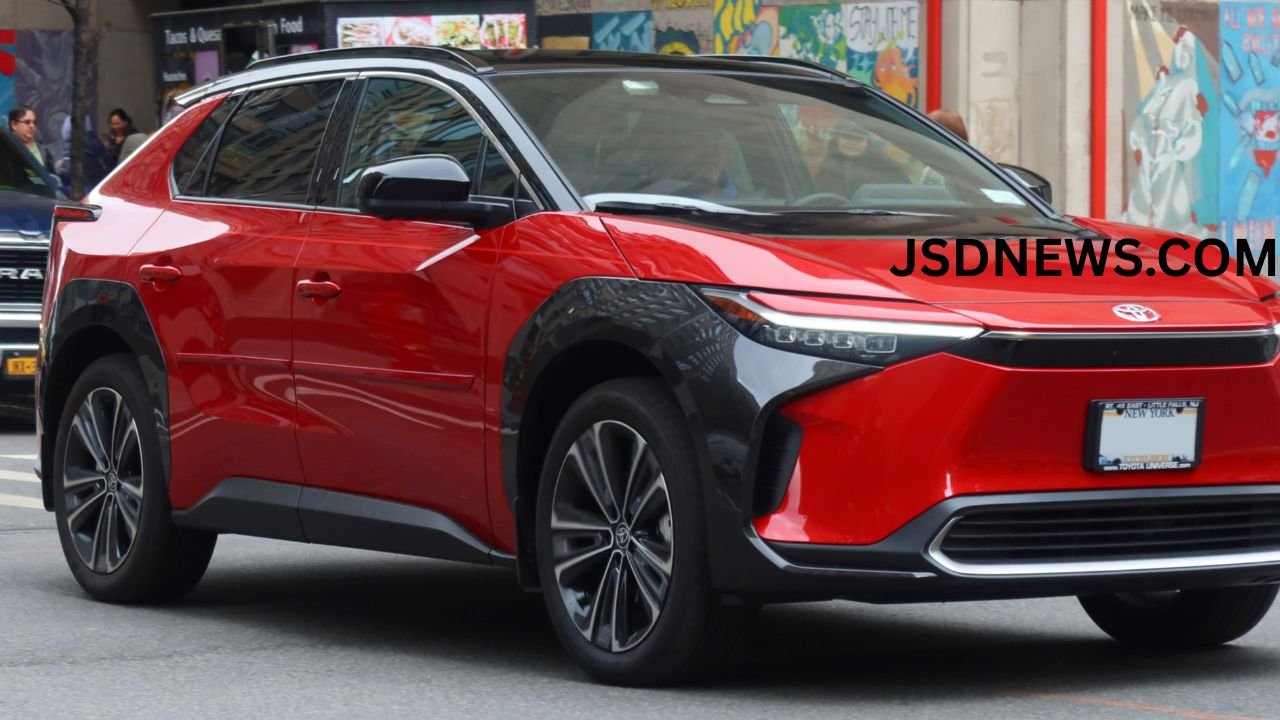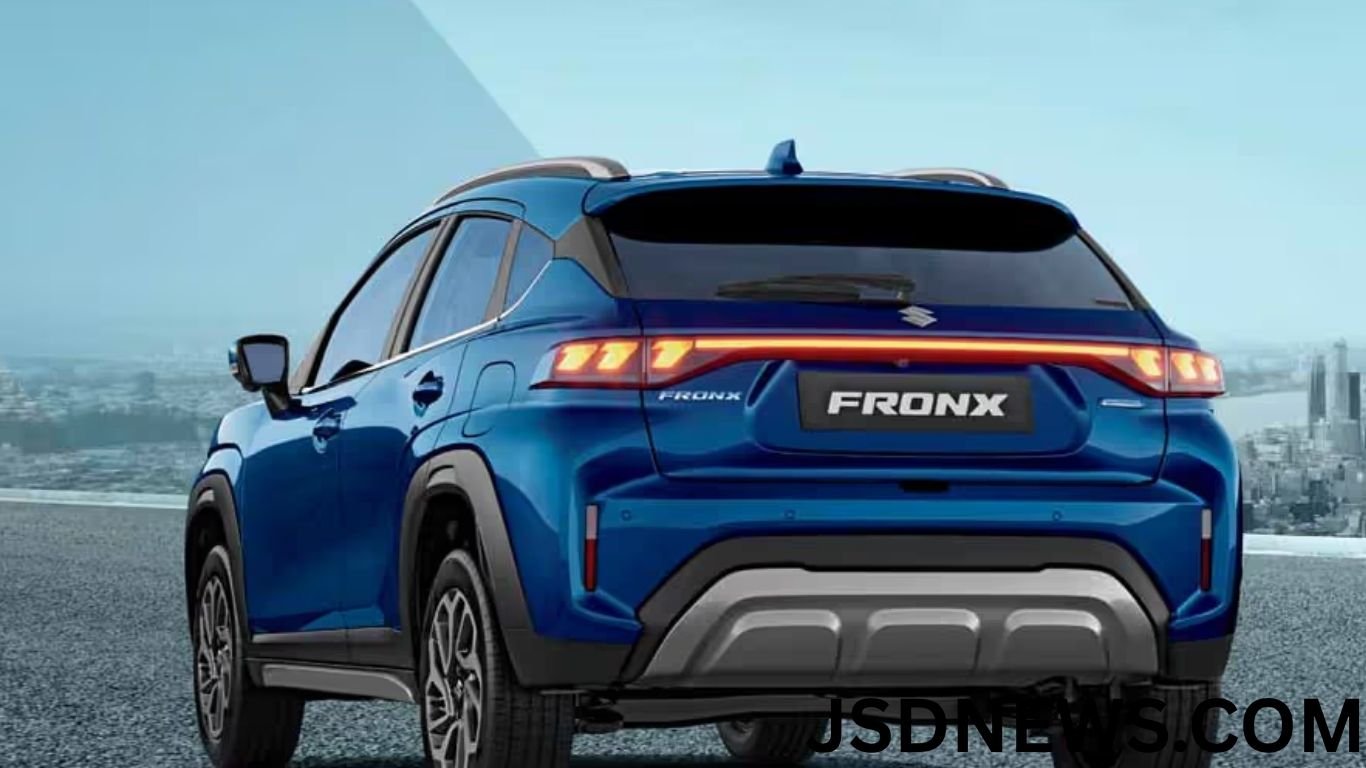The automotive industry is entering a transformative era where sustainability, advanced technology, and bold design converge to redefine what a car can be. At the forefront of this movement is the Mercedes-Benz Vision One-Eleven, a groundbreaking concept vehicle that blends heritage-inspired styling with cutting-edge electric propulsion and futuristic interiors. More than just a show car, the Vision One-Eleven represents a glimpse into the brand’s vision for the decades ahead, setting new benchmarks in performance, efficiency, and digital experience.
A Tribute to Mercedes Heritage
While the Vision One-Eleven feels like something from a science fiction film, its inspiration is rooted in Mercedes-Benz’s storied past. The concept draws visual cues from the legendary C 111 experimental vehicles of the late 1960s and early 1970s, which were known for their striking wedge-shaped bodies, mid-engine layouts, and advanced aerodynamics.
The C 111 was not just a design marvel—it was an innovation platform that tested technologies like rotary (Wankel) engines, turbocharged diesel powerplants, and lightweight materials. By reviving the design spirit of the C 111, Mercedes-Benz pays homage to its relentless pursuit of progress while updating the formula for a fully electric future.
Exterior Design Mercedes-Benz Vision One-Eleven – Retro Meets Futurism
The Vision One-Eleven is a masterclass in combining retro elegance with futuristic minimalism. Its silhouette is sleek and low-slung, characterized by fluid lines and a cab-forward stance that enhances aerodynamic efficiency.
Key exterior highlights include:
- Gullwing-style doors – An iconic Mercedes-Benz design choice that adds drama and ease of access.
- Orange and silver paint scheme – A modern reinterpretation of the original C 111 color palette, offering both nostalgia and modern appeal.
- Pixelated LED lighting – Both front and rear light clusters use digital pixel technology, enabling animated sequences and customizable patterns.
- Sculpted aerodynamics – Every curve and vent has been engineered to manage airflow efficiently, reducing drag and improving range.
The car’s proportions are striking—short overhangs, wide tracks, and a planted stance communicate performance potential, while the low roofline contributes to a sporty and futuristic aesthetic.
Powertrain – The Future of Electric Performance
The Mercedes-Benz Vision One-Eleven is not merely a design showcase; it’s an experimental platform for Mercedes-Benz’s next-generation electric propulsion technology. At the heart of this concept lies the YASA axial-flux motor, a compact yet ultra-powerful electric motor design acquired through Mercedes-Benz’s partnership with YASA Limited.
Compared to conventional radial-flux motors used in most EVs today, axial-flux designs are:
- Smaller and lighter – up to one-third the size and weight of traditional motors.
- More efficient – thanks to reduced electrical losses.
- Higher power density – delivering exceptional performance in a compact package.
While Mercedes-Benz has not revealed exact power figures for the Vision One-Eleven, the axial-flux motor’s efficiency and power characteristics suggest performance on par with or exceeding today’s high-performance EVs. This powertrain could potentially support blistering acceleration, extended range, and reduced battery demands—all critical for future electric mobility.
Interior – A Digital Lounge on Wheels
Stepping inside the Vision One-Eleven is like entering a luxury spacecraft. The interior has been conceived as a modular space that can adapt between “Race Mode” and “Lounge Mode,” catering to both spirited driving and autonomous relaxation.
Race Mode
In this configuration, the cockpit is driver-focused, with:
- A low, wraparound dashboard.
- High-back bucket seats for support during spirited driving.
- A slim, high-resolution display for essential driving data.
Lounge Mode
When autonomous driving is engaged, the cabin transforms:
- Seats recline and extend for comfort.
- The dashboard’s digital display expands to provide immersive entertainment or productivity tools.
- Ambient lighting adjusts to create a relaxing atmosphere.
Materials and Sustainability
The interior emphasizes sustainability, featuring:
- Recycled and bio-based materials for upholstery and trims.
- Minimalistic design language that reduces material waste.
- A blend of premium leather alternatives and high-tech fabrics.
Technology – The Next Level of Digital Luxury
Mercedes-Benz is known for pushing boundaries in automotive technology, and the Vision One-Eleven continues that tradition.
Some notable tech features include:
- MBUX Hyperscreen Evolution – A new generation of Mercedes’ panoramic digital interface, offering AI-driven personalization.
- Advanced Driver Assistance Systems (ADAS) – Capable of Level 4 autonomous driving in suitable conditions.
- Vehicle-to-Everything (V2X) communication – Allowing the car to interact with smart infrastructure and other vehicles.
- Over-the-air software updates – Ensuring the car’s digital capabilities evolve over time.
Performance Philosophy – More than Speed
While performance figures are not yet public, Mercedes-Benz emphasizes that the Vision One-Eleven focuses on balanced performance—combining speed with sustainability, comfort, and safety. The axial-flux motor’s efficiency means the vehicle can achieve high output without requiring massive, heavy batteries, reducing environmental impact.
A Vision of Future Mobility
The Mercedes-Benz Vision One-Eleven is more than a design exercise—it’s a statement of intent. It shows how the brand envisions luxury cars in an era dominated by electrification, automation, and digital connectivity.
Key takeaways from the Vision One-Eleven’s future vision:
- Sustainability at the core – Lightweight motors, efficient aerodynamics, and eco-friendly materials.
- Heritage-informed design – Honoring the past while embracing the future.
- Adaptive interiors – Transforming cabins into multi-purpose living spaces.
- Tech-forward approach – AI-driven interfaces, autonomous capability, and constant software evolution.
Expert Insights
Automotive experts see the Vision One-Eleven as a realistic preview of what luxury sports cars could look like in the next decade. According to industry analysts:
- Axial-flux motors could revolutionize EV performance by reducing size and weight.
- Heritage-inspired design cues help bridge generational appeal.
- Flexible interiors will be essential as autonomous driving becomes more mainstream.
Pricing and Production Possibilities
As a concept, the Vision One-Eleven is not slated for direct production in its current form. However, its design elements, interior concepts, and motor technology are likely to influence future AMG EVs and Mercedes halo models.
If a production variant were to be built, industry speculation suggests:
- Price range: Likely above ₹3 crore in India or $400,000 in the U.S., placing it in the hypercar territory.
- Limited production: Exclusive runs to maintain brand prestige.
- Launch timeframe: Possibly within the next 5–7 years if technology development stays on track.
Real Customer Reactions
While the Vision One-Eleven is not yet on sale, automotive enthusiasts have been vocal:
- Positive feedback centers around its stunning design, heritage connection, and innovative interior concept.
- Skepticism arises regarding how much of the concept’s boldness will survive the transition to a road-legal production vehicle.
- Many are excited about axial-flux motor technology making its way into performance EVs.
Most Searched FAQs About the Mercedes-Benz Vision One-Eleven
Q1: Is the Mercedes-Benz Vision One-Eleven a production car?
No, it is currently a concept vehicle designed to showcase future technologies and design directions for the brand.
Q2: What is the main inspiration behind the Vision One-Eleven?
It draws design inspiration from the Mercedes-Benz C 111 experimental cars of the 1970s.
Q3: What is special about the axial-flux motor used in the Vision One-Eleven?
It’s more compact, lighter, and more efficient than conventional EV motors, offering higher power density.
Q4: Will Mercedes-Benz produce this car?
There is no official confirmation, but elements of the Vision One-Eleven are likely to appear in future models.
Q5: What level of autonomous driving does it support?
The concept is designed to handle Level 4 autonomy in suitable conditions.
Q6: What is the expected price if it goes into production?
Industry estimates suggest it could cost upwards of ₹3 crore in India or $400,000 internationally.
Q7: What materials are used in the interior?
The interior features recycled, sustainable, and bio-based materials combined with advanced fabrics.
Q8: Is the Vision One-Eleven electric?
Yes, it is fully electric, using advanced next-generation EV motor technology.











